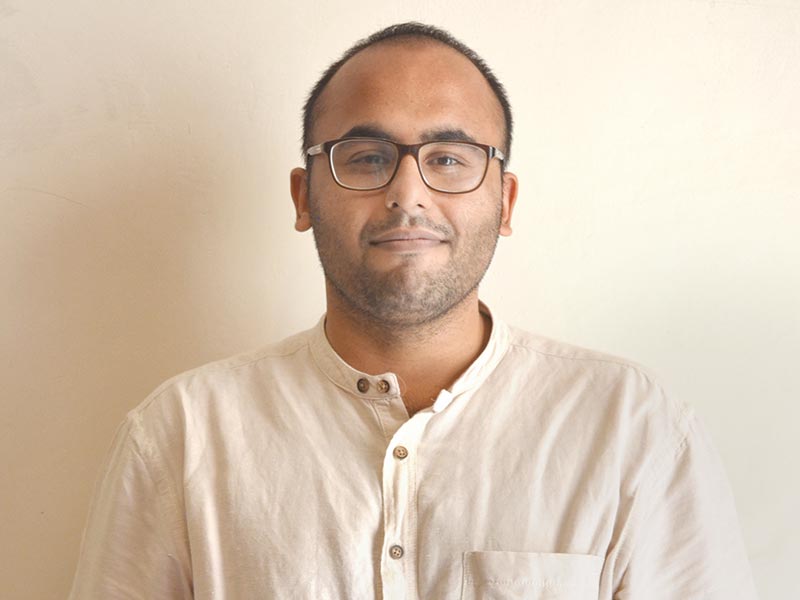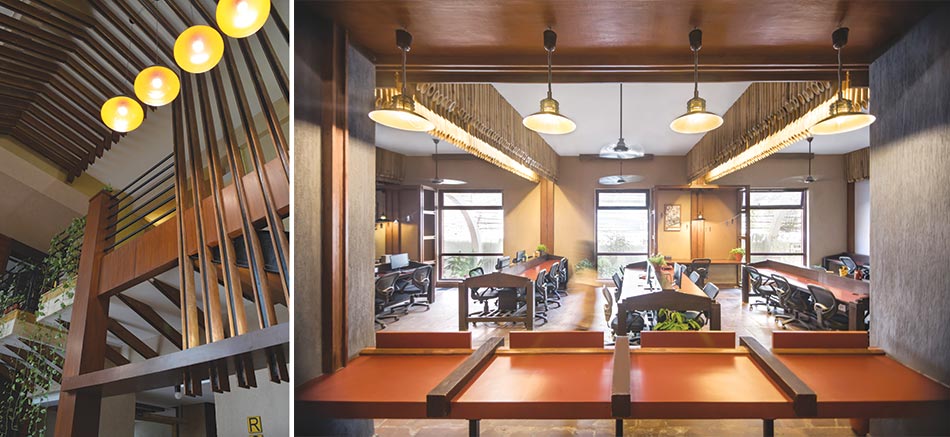
Architecture too went through this process of globalization and pretty much all major centers across the globe now follow a similar building standard. The materials are getting homogenized and so is the design language. Architecture is gradually losing its variety, its distinct flavour and is heading towards a uniform singularity.
To achieve timelessness, an architect can strive to create buildings that not only meet the modern day needs - but become sensitive to the expansive heritage and at the same time be a visionary who can foresee the future
Local vs Global
Culture, variety, distinctiveness does not represent efficiency at a central level; but one has to acknowledge that this variety came into being for the very reason of efficiency and availability (when conceived at a local scale). Since the trend is still moving towards a more globalized world, one can choose to either embrace this flow and function as per the new set of rules or can choose to stay rooted and pick only the attributes that are crucial to the contemporary times. This is an on-going debate that even puts a question on whether heritage should be preserved, or should we be making way for newer infra.

There is no right answer to the above argument, but one can only strive to create a balance between the differentiating viewpoints. In most of the projects conceptualized at Chaukor Studio, we try to create and restore this balance between cultural heritage and modern technologies.
As an architect, one can strive to create buildings with technologies to match the needs of the present times; be sensitive to the expansive history and heritage, and at the same time be a visionary to be able to foresee to what is to come in future. The work of architecture has always been a part of this chronological transition and will always have to pass the test of time. This is why some buildings that are centuries old still qualify as great works and are still relevant to modern days.















